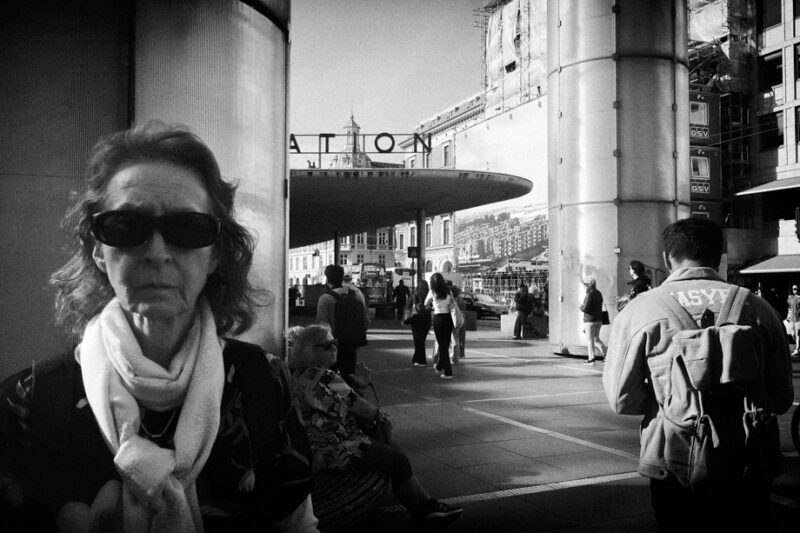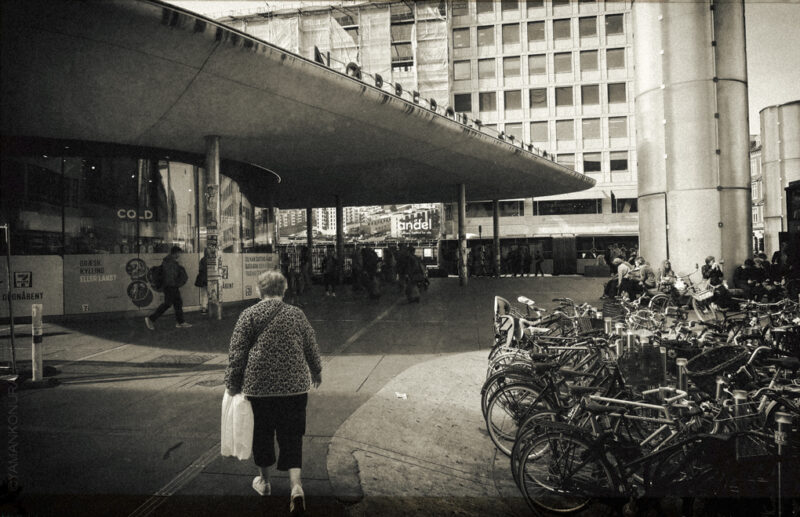
What is Street Photography – A short essay
Street photography is a captivating form of art that allows photographers to capture the essence of everyday life in public spaces. With its roots dating back to the late 19th century, this genre has gained immense popularity and has become a significant aspect of contemporary photography. Much more than just clicking pictures, street photography delves into the intricacies of composition, storytelling, and the exploration of human experiences.
The Essence of Street Photography:
At its core, street photography thrives on spontaneity and the ability to document the human condition in its most authentic form. Unlike traditional studio photography, street photography offers a window into the diverse tapestry of everyday life. Candid moments, unposed subjects, and the rawness of urban existence are all elements that contribute to the charm of this genre.
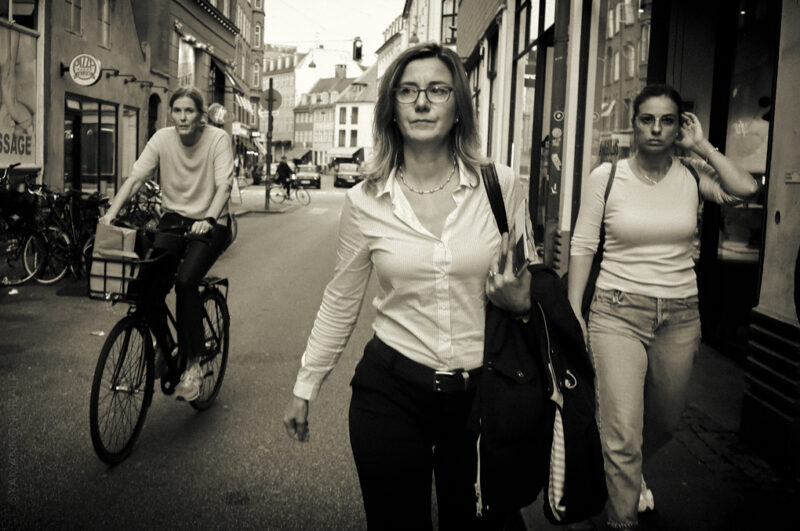
Composition and Timing:
Composition plays a pivotal role in street photography. As photographers navigate the bustling streets, they must develop a keen eye for visual storytelling. Framing, perspective, and the arrangement of elements within a frame are crucial considerations when capturing the essence of a particular scene. Timing is equally significant, as photographers must anticipate and seize the split-second moments that encapsulate the essence of their subjects.
Documenting Humanity:
Street photography provides a unique opportunity to delve into the lives of ordinary people, capturing their struggles, joys, and interactions. It serves as a visual time capsule, chronicling the ever-changing landscape of cities and the human experiences within them.
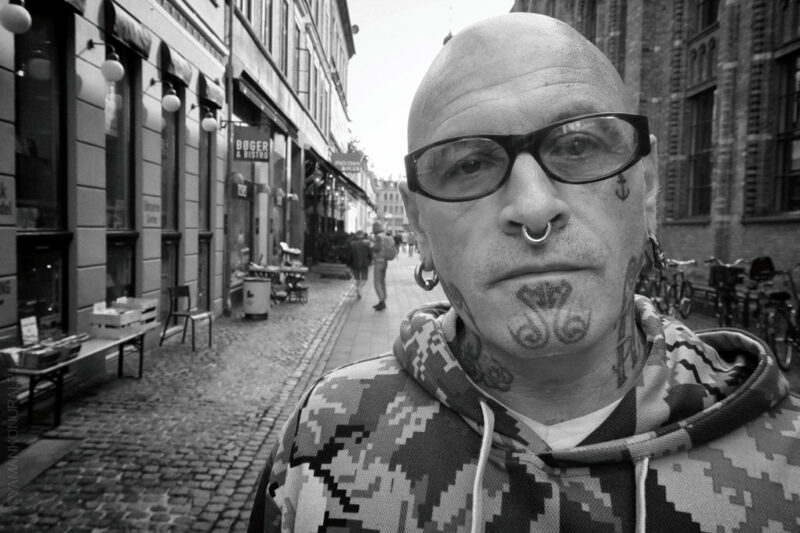
Ethics and Consent:
Street photography also raises questions regarding the ethical boundaries involved in photographing unsuspecting individuals in public spaces. While it is important to respect privacy and personal boundaries, street photographers often navigate these challenges by capturing candid moments that remain respectful and non-intrusive. Many photographers embrace the philosophy that the true essence of a candid photograph is best preserved when the subject is unaware of being captured.
Influence on the Art World:
Street photography has cemented its place in the art world, inspiring and influencing other mediums such as painting, filmmaking, and even literature. The work of notable street photographers like Henri Cartier-Bresson and Diane Arbus has left an indelible mark on the art landscape, paving the way for contemporary photographers to channel their creativity and convey unique narratives.
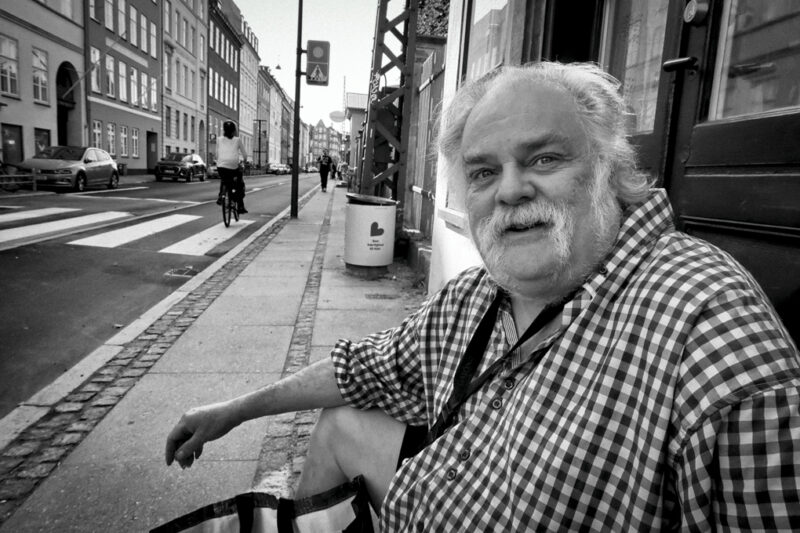
Technological Advancements:
With the advent of digital photography and the ubiquity of smartphones equipped with high-quality cameras, street photography has become more accessible to a broader audience. Social media platforms allow photographers to share their work with the world, fostering a vibrant community of enthusiasts who exchange ideas, receive feedback, and encourage each other to push the boundaries of this art form.
Conclusion:
Street photography is an art form that thrives on spontaneity, authenticity, and the exploration of human experiences. It captures the essence of everyday life, documenting the fascinating stories that unfold on the streets. Through composition, timing, and a deep understanding of the subject matter, street photographers encapsulate the ever-changing tapestry of cities and the diverse range of people who inhabit them. Street photography has not only transformed the way we perceive art but has also played a significant role in shaping our understanding of the human condition. It remains a powerful medium through which photographers can communicate, provoke thought, and inspire emotions in viewers worldwide.
